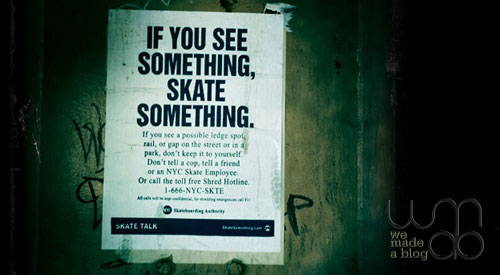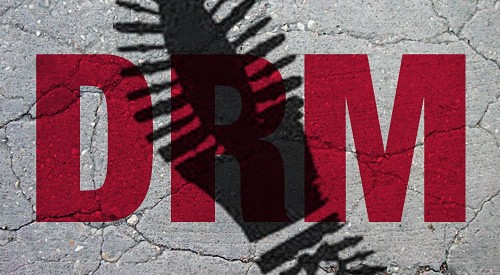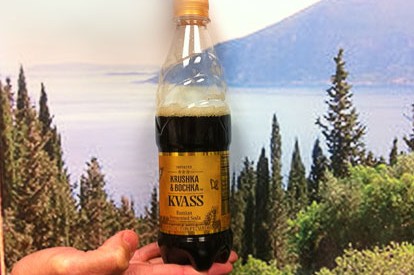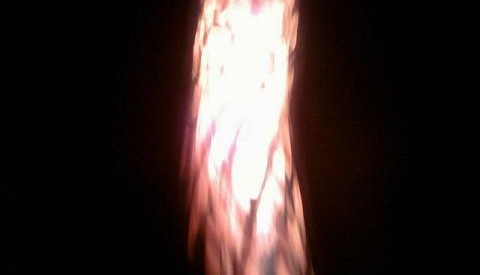The Future is Here
Once Google became a daily and unconscious part of the day, I started getting the feeling that somehow it would be possible for search results to show, well, results…of things that had not yet happened. Ridiculous, no? Maybe not so much. Google (and a little outfit called the CIA) have invested in Recorded Future (Orwellian by way of Disraeli motto: “What we anticipate seldom occurs; what we least expected generally happens.”).
Recorded Future is a search engine (it seems to prefer to call itself a “temporal analytics engine”) with three boxes: What, Who/Where and When. The “When” is where things get interesting. Instead of the usual search field date restriction of the present, the “When” goes boldly into the future to scan everything from Twitter feeds to government documents to map patterns and forecast an outcome.
As you may have already predicted, the future isn’t free (it’s $149 a month).












